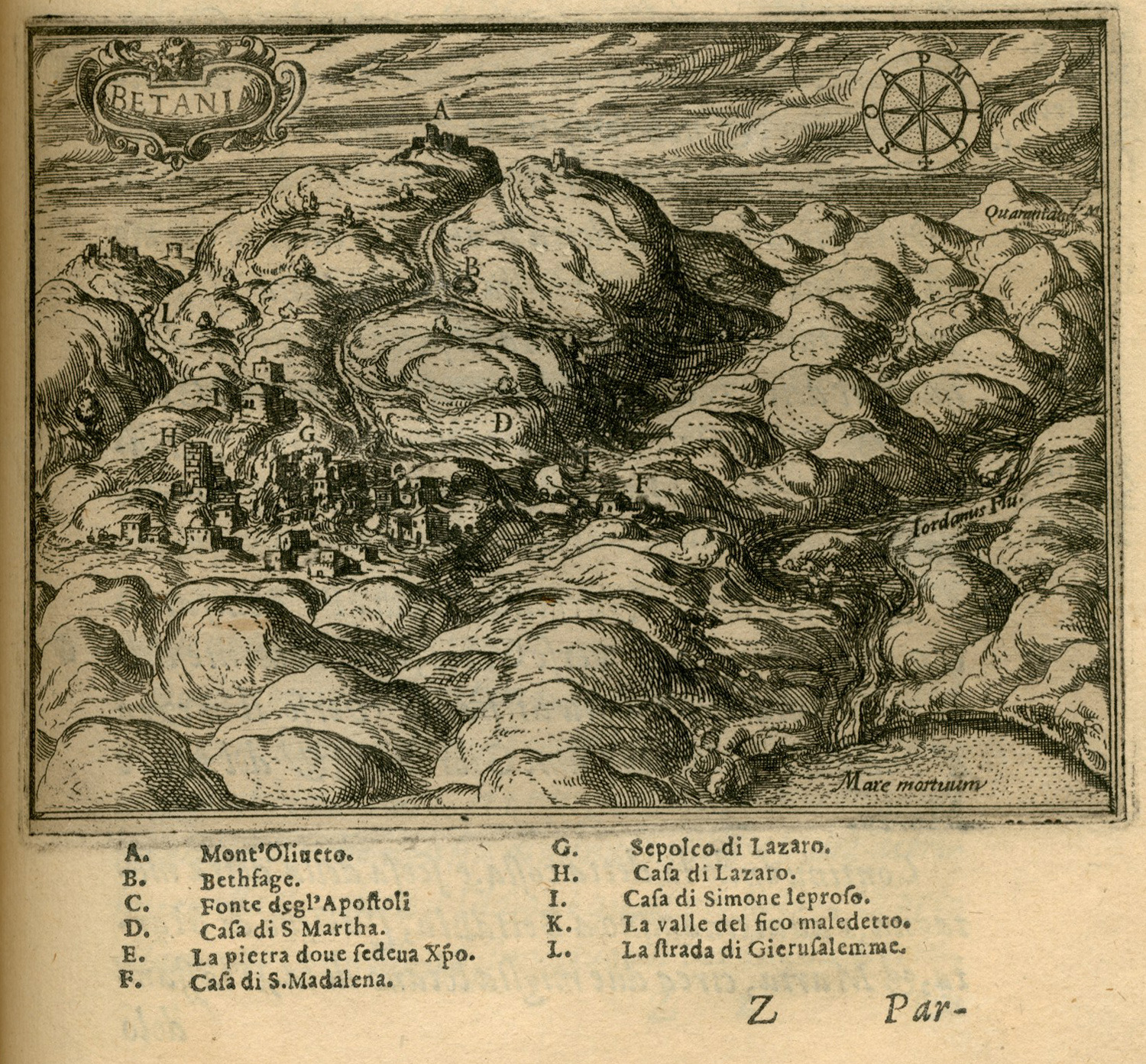|
Eizariya
Bethany (,Murphy-O'Connor, 2008, p152/ref> Syriac: ܒܝܬ ܥܢܝܐ ''Bēṯ ʿAnyā''), locally called in Arabic Al-Eizariya or al-Aizariya (, " laceof Lazarus"), is a Palestinian town in the Jerusalem Governorate of Palestine, bordering East Jerusalem, in the West Bank. The name al-Eizariya refers to the New Testament figure Lazarus of Bethany, who according to the Gospel of John, was raised from the dead by Jesus in the town. The traditional site of the miracle, the Tomb of Lazarus, in the city is a place of pilgrimage. The town is located on the southeastern slope of the Mount of Olives, less than from Jerusalem. With a population of 22,928 inhabitants according to the Palestinian Central Bureau of Statistics, it is the second largest city in the Quds Governorate of the State of Palestine, after only East Jerusalem, which has been annexed by and is completely under the control of Israel, although this annexation is unrecognized internationally. Name Al-Eizariya The nam ... [...More Info...] [...Related Items...] OR: [Wikipedia] [Google] [Baidu] |
Tomb Of Lazarus
The Tomb of Lazarus is a traditional Christian pilgrimage in the al-Eizariya suburb of Jerusalem Governorate, Palestine. It is located on the southeast slope of the Mount of Olives, some 2.4 km (1.5 miles) east of the city limits of Jerusalem. The tomb is the purported site of a miracle recorded in the Gospel of John in which Jesus raised Lazarus of Bethany, Lazarus from the dead. History The site, sacred to both Christians and Muslims, has been identified as the tomb of the gospel account since at least the 4th century AD. As the ''Catholic Encyclopedia'' of 1913 states, however, while it is "quite certain that the present village formed about the traditional tomb of Lazarus, which is in a cave in the village", the identification of this particular cave as the actual tomb of Lazarus is "merely possible; it has no strong intrinsic or extrinsic authority." Archeologists have established that the area was used as a cemetery in the 1st century AD, with tombs of this period fou ... [...More Info...] [...Related Items...] OR: [Wikipedia] [Google] [Baidu] |
